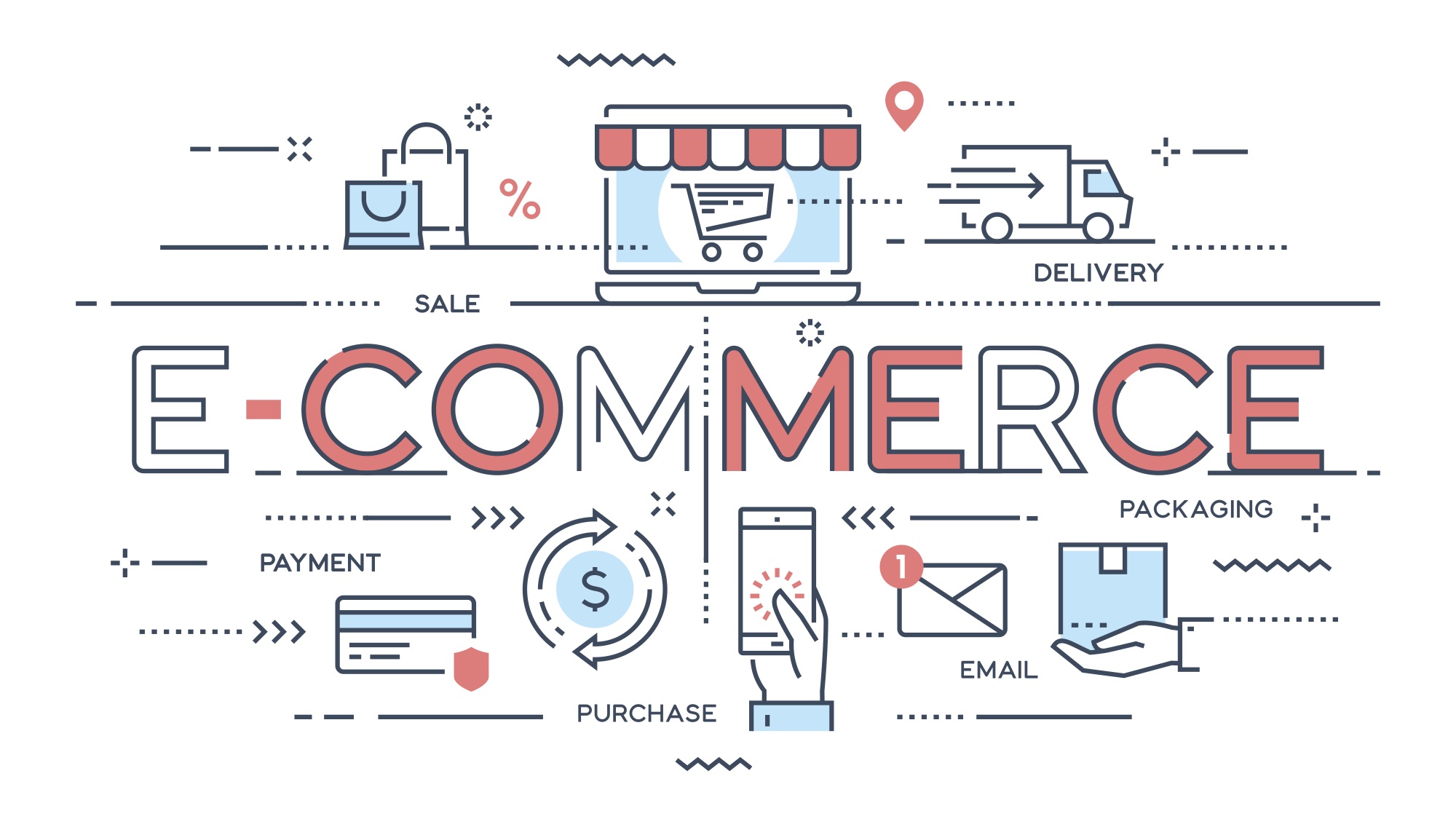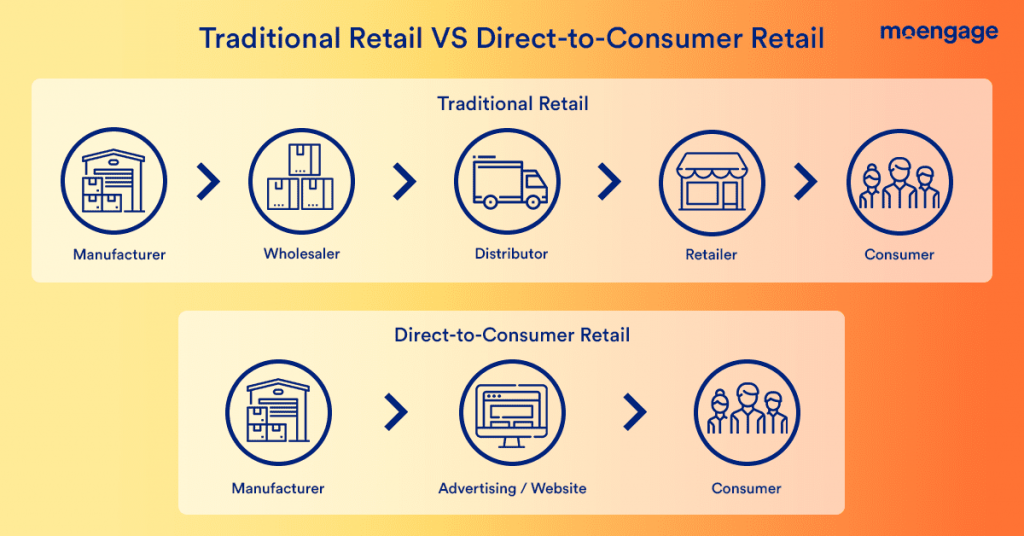Unlocking the Keys to Effective D2C Efficiency Marketing Campaigns
Reliable D2C performance marketing campaigns depend upon a detailed understanding of the target market. Brands must not only establish clear, measurable objectives however additionally craft ad creatives that resonate deeply with consumers. Making use of data analytics can expose important insights. Nevertheless, the actual challenge hinges on choosing the right advertising channels and continuously maximizing techniques. As business strive for consumer commitment, the methods they utilize can substantially impact their success - D2C Performance Marketing. What methods will verify most reliable?
Understanding Your Target Market
How can brand names properly connect with consumers in a jampacked market? Comprehending the target audience is important for brands aiming to stick out. This involves extensive research to identify demographics, preferences, and pain points. By utilizing surveys, social networks analytics, and focus groups, brand names can collect beneficial insights that shape their marketing strategies.A clear understanding of the audience enables brands to customize messaging and product offerings to meet particular requirements. Segmenting the audience into distinctive teams makes it possible for personalized marketing initiatives, cultivating a feeling of connection and commitment. Furthermore, brands can utilize behavioral information to anticipate future investing in habits and choices, promoting positive engagement.In an atmosphere saturated with alternatives, a deep understanding of the target audience empowers brand names to craft pertinent material and experiences, ensuring they reverberate with customers. This foundational knowledge offers as a springboard for efficient advertising campaigns that align with customer expectations and needs.
Setting Clear Goals and Purposes
Setting clear goals and objectives is essential for effective D2C efficiency advertising. D2C Ecommerce Agency. Establishing Key Efficiency Indicators (KPIs) allows businesses to determine success and warranty positioning with overarching methods. This focus on objective positioning not just improves advertising and marketing efforts yet also drives overall company development
Define Secret Efficiency Indicators
Secret Efficiency Indicators (KPIs) work as important metrics for gauging the success of Direct-to-Consumer (D2C) performance advertising initiatives. By establishing clear KPIs, companies can evaluate their marketing goals, making it possible for a structured approach to performance analysis. Common KPIs in D2C campaigns consist of consumer procurement cost, conversion rates, and return on advertisement invest, each providing unique insights right into project effectiveness. Furthermore, checking metrics such as customer life time worth and engagement rates can assist marketing experts identify fads and locations for improvement. Setting these indicators allows business to assess development, make educated choices, and maximize marketing techniques to improve overall performance. Ultimately, well-defined KPIs are important for lining up advertising initiatives with desired company results in the competitive D2C landscape.
Align Goals With Technique
While aligning goals with method is crucial for any marketing effort, it is particularly crucial in the domain of Direct-to-Consumer (D2C) performance marketing. Clear objectives provide a roadmap for campaigns, guaranteeing that all efforts are focused and quantifiable. D2C brands need to develop particular, achievable goals that reverberate with their target market, such as boosting client purchase or enhancing brand name commitment. By integrating these goals into their overall strategy, marketers can efficiently allocate resources and enhance advocate optimal effect. In addition, frequently assessing and changing goals in reaction to efficiency data allows for dexterous advertising methods, guaranteeing that brand names stay competitive in a quickly developing industry. Eventually, goal positioning drives sustained development and success in D2C efficiency advertising.
Crafting Engaging Advertisement Creative
In the domain of D2C efficiency marketing, crafting engaging ad imaginative is necessary for catching target market attention. Using aesthetic narration strategies can efficiently convey brand name stories, while techniques that foster psychological connections improve viewer interaction. With each other, these methods can greatly raise a project's impact and drive consumer activity.
Aesthetic Storytelling Methods

Psychological Link Strategies
What drives consumers to engage with a brand on an emotional level? Emotional connection approaches play a critical role in crafting compelling ad creative that resonates with audiences. By leveraging storytelling, brand names can stimulate sensations of compassion, pleasure, or fond Our site memories, developing a remarkable experience. Making use of real-life circumstances and relatable characters enables consumers to see themselves within the narrative, cultivating a feeling of belonging. Furthermore, integrating authentic testimonies and user-generated material can enhance depend on and reliability. Aesthetic aspects, such as color and images, also add to the psychological tone, influencing assumptions and actions. Inevitably, brand names that prioritize psychological engagement not only capture focus but likewise cultivate long lasting partnerships, driving commitment and encouraging repeat purchases in the competitive D2C landscape.
Leveraging Information and Analytics
While numerous brand names identify the value of data in shaping advertising techniques, leveraging data and analytics properly can establish direct-to-consumer (D2C) services apart in an affordable landscape. By using client data, D2C brand names can gain understandings right into consumer actions, preferences, and buying patterns. This info enables them to customize their marketing efforts, making certain customized experiences that resonate with their target audience.Moreover, progressed analytics tools enable D2C firms to track vital performance signs (KPIs) in genuine time, maximizing projects on the fly. By evaluating metrics such as conversion prices, consumer procurement prices, and return on advertisement spend, brands can allot sources a lot more efficiently and improve their messaging.In addition, data-driven segmentation helps determine particular niche markets, allowing targeted promos that raise interaction and sales. Inevitably, making use of analytics and information not only boosts advertising efficiency but likewise cultivates long-term client connections, strengthening a brand name's standing in the D2C field.
Choosing the Right Marketing Channels
Figuring out which advertising channels to focus on can greatly influence a D2C brand's success. Each channel uses special benefits and gets to unique target markets, making it crucial for brands to straighten their approaches with their target demographics. Social network systems, such as Instagram and Facebook, give opportunities for engaging visuals and straight interaction, appealing particularly to younger customers. Email advertising continues to be an effective tool for personalized communication, driving client retention and loyalty.Additionally, online search engine advertising and marketing enables brand names to record intent-driven traffic, bring in prospective customers proactively looking for products. Influencer collaborations can intensify reach and credibility, particularly in particular niche markets. Brands ought to additionally consider the cost-effectiveness of each network, measuring prospective returns against their marketing budget plans. By meticulously selecting and incorporating these channels, D2C brands can produce a reliable and natural advertising and marketing method that resonates with their target market while optimizing their sources for maximum impact.
A/B Examining for Continuous Improvement
After picking ideal marketing networks, D2C brand names pop over to this web-site can boost their performance with A/B testing. This method enables brands to compare two variants of an advertising possession-- such as an email, landing page, or promotion-- to identify which does far better. By assessing metrics like conversion rates, click-through rates, and consumer involvement, brands can make data-driven choices that maximize their campaigns.A/ B screening cultivates a culture of constant renovation, encouraging brand names to experiment with various components, such as headlines, photos, or contacts us to action. This repetitive process not just enhances individual experience but likewise maximizes roi. Significantly, A/B testing should be systematic, concentrating on one variable each time to isolate its influence properly. As D2C brands embrace this technique, they can fine-tune their techniques, inevitably resulting in much more efficient advertising try here and marketing campaigns and boosted consumer procurement outcomes.
Building Client Commitment and Retention
Building consumer loyalty and retention is essential for D2C brand names intending to sustain long-term success in a competitive market. Establishing a strong connection with customers enhances brand name commitment and motivates repeat purchases. Effective strategies include customized marketing, loyalty programs, and extraordinary customer support. By using information analytics, brand names can tailor communications and deals to fulfill specific consumer choices, promoting a feeling of belonging.Moreover, regular involvement via social media sites and email campaigns keeps the brand top-of-mind. Openness in procedures, such as moral sourcing and sustainability techniques, can even more improve trust fund and loyalty. Motivating user-generated web content and testimonials additionally encourages consumers, making them feel valued and valued. Inevitably, buying client experiences and developing an area around the brand can meaningfully improve retention prices. As commitment enhances, brands take advantage of minimized acquisition costs and increased customer lifetime value, strengthening their placement in the market.
Frequently Asked Questions
What Budget Should I Assign for My D2C Marketing Campaigns?
Figuring out a proper allocate D2C advertising campaigns includes assessing target market dimension, platform prices, sector benchmarks, and preferred reach. A versatile technique enables modifications based upon project performance and developing market problems.
Just how Frequently Should I Freshen My Ad Creative?

What Are Typical Errors in D2C Efficiency Marketing?
Usual blunders in D2C efficiency marketing consist of disregarding target market division, falling short to analyze campaign information, irregular messaging throughout networks, overlooking mobile optimization, and not evaluating various creatives, which can impede general campaign performance and development.
Exactly How Can I Determine Brand Name Recognition From My Projects?
Gauging brand awareness from projects entails examining metrics such as reach, perceptions, engagement prices, and study reactions. Tracking social networks discusses and internet site web traffic can likewise offer understandings right into the effectiveness of advertising and marketing efforts.
Should I Utilize Influencers for My D2C Marketing Approach?
The choice to use influencers in an advertising strategy depends on target audience positioning and project objectives. Influencers can enhance reach and reputation, yet performance differs based upon industry and target market interaction levels. Cautious selection is important. By using surveys, social media analytics, and focus teams, brand names can gather useful understandings that form their advertising strategies.A clear understanding of the audience allows brands to customize messaging and item offerings to meet certain requirements. Additionally, brand names can utilize behavior data to anticipate future investing in habits and choices, facilitating aggressive engagement.In an environment filled with options, a deep understanding of the target audience equips brands to craft appropriate web content and experiences, guaranteeing they resonate with customers. D2C brand names must develop particular, possible goals that resonate with their target audience, such as boosting consumer acquisition or enhancing brand loyalty. By examining metrics like conversion rates, click-through prices, and client involvement, brands can make data-driven decisions that optimize their campaigns.A/ B testing fosters a society of constant improvement, motivating brand names to experiment with different components, such as headings, photos, or calls to action. By using data analytics, brand names can customize communications and deals to meet private consumer choices, promoting a sense of belonging.Moreover, regular engagement through social media and e-mail projects keeps the brand name top-of-mind.